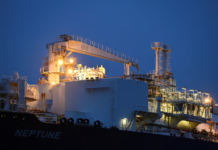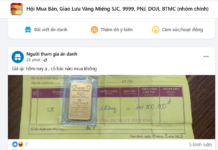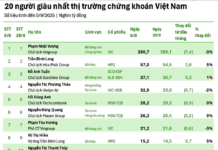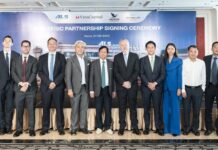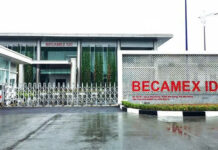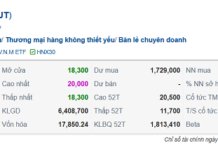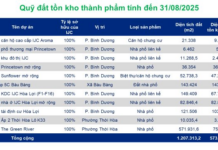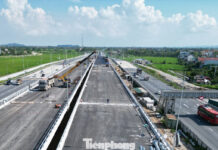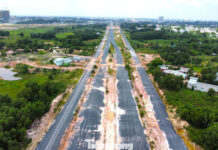Ho Chi Minh City’s Department of Transportation has submitted a report to the city’s People’s Committee regarding the temporary construction of a water terminal adjacent to the Ba Son station of Metro Line 1.
Previously, Thuong Nhat Company proposed to voluntarily fund the construction of two water terminals adjacent to the Ba Son and Tan Cang stations. The additional temporary terminals aim to facilitate passenger transfer between the river bus and Metro Line 1, which officially commenced commercial operations on December 22.
The company has studied and deemed the proposed location feasible as it aligns with the river bus route currently operated by the company from Bach Dang Wharf in District 1 to Linh Dong in Thu Duc City. The addition of the water terminal will enhance public transport services, maximizing convenience for passengers accessing Metro Line 1.

Passengers aboard River Bus No. 1
Relevant units, including the Department of Planning and Architecture, the Urban Railway One-Member Limited Company, and the People’s Committee of District 1, have assessed the proposal and deemed the water terminal connection necessary and in line with the approved 1/2000 planning subdivision of the existing central area (930 hectares).
Therefore, the Department of Transportation proposed that the People’s Committee approve the plan and allow Thuong Nhat Company to temporarily invest in a water terminal adjacent to the Ba Son station using their capital. The terminal will have a bridge-like structure with floating pontoons and no permanent constructions. The temporary operation will continue until the city requests its removal or relocation.
The Department also proposed that the People’s Committee instruct the Department of Natural Resources and Environment to guide the company through the necessary procedures for renting the water surface and signing a contract for the exploitation of the inland water terminal.
Thuong Nhat Company will be responsible for fulfilling its financial obligations in accordance with regulations when using the water area for the terminal’s operation and dismantling and relocating the terminal’s structures upon the city’s request for removal or relocation.





